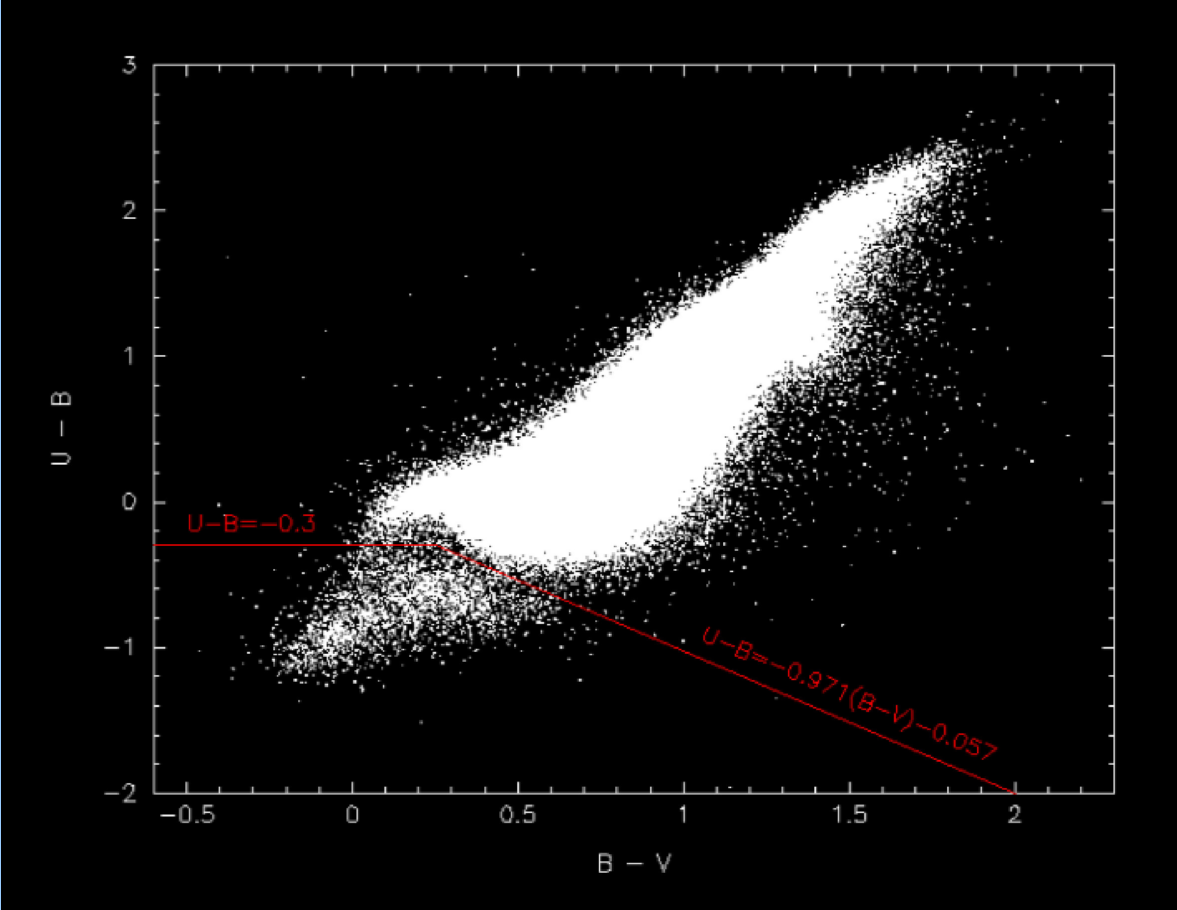Automatic Classification of Celestial Objects
Astronomy Department, Phillips Academy: December 2011-January 2013
There's a lot of data on uncategorized celestial objects; being able to automatically classify them is very useful

Through the astronomy department of Phillips Academy, I was able to get involved in the NASA/IPAC Teacher Archive Research Program. The project involved the categorization of 250 previously unclassified ultra-blue sources gathered from the Kepler Field. Along with another student involved with the project, I presented a poster at the biannual American Astronomical Society Conference; you can see that poster here. From the set, we ended up identifying a number of white dwarfs, along with a few cataclysmic variables, active galactic nuclei, X-ray binaries, and planetary nebula nuclei.
My role was in the automation of the classification process. Classification was done by analyzing the spectral energy distribution (SED) plots for different objects, and comparing them to known SED profiles. To massively speed up the process, I wrote programs to collect all of the necessary data from various online databases and automatically generate the SED curves. I also experimented with generation of similarity scores between these new profiles and those of known objects; though the process worked fairly well, all of the objects were nevertheless confirmed by hand and using other tools.